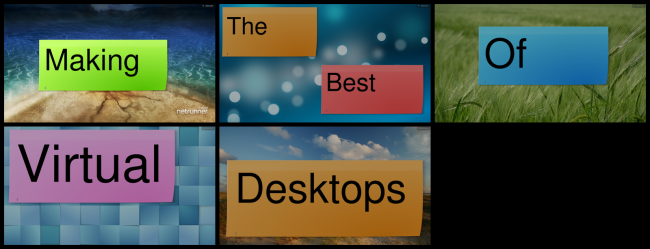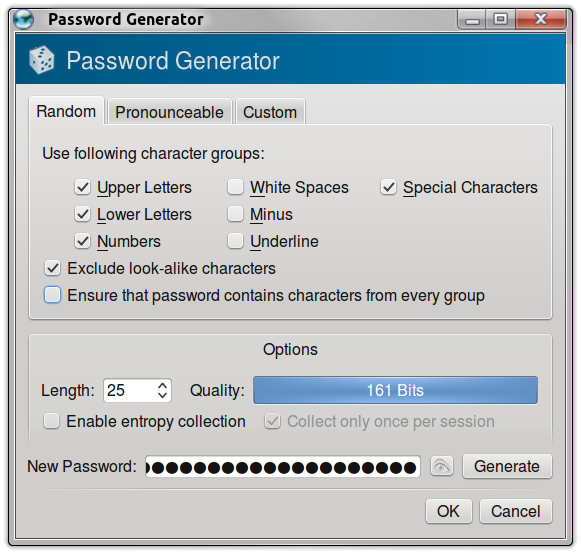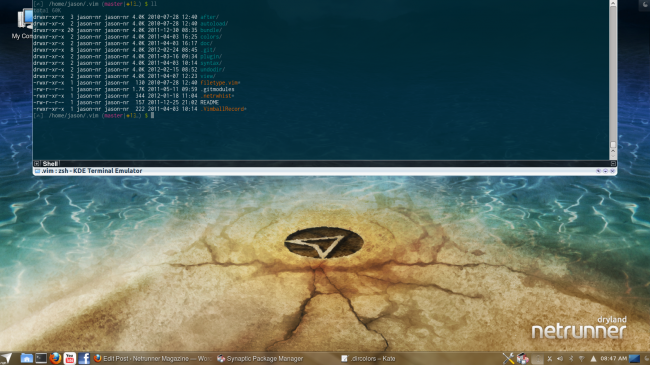News: Vivaldi Tablet (former Spark)
March 26th, 2012 by Admin
Read full article on Powerbase: http://www.thepowerbase.com/2012/03/meet-vivaldi-its-got-a-real-spark-for-open-source/
Review: Package Managers
March 24th, 2012 by Luis Augusto Fretes Cuevas
In the most popular desktop operating system applications are installed using binaries which contains everything that app needs to run. This approach has many advantages: It’s easy, people just click on it, wait for it, and that’s it. But it also has its share of problems, binaries tend to be big, since they need to contain everything, multiple apps containing the same libraries install a new one every time, and there’s little cross library use beyond what Microsoft provides. Because of its nature, there never was any need for a centralized system, because all binaries contained everything Apps needed, software… Continue Reading
Tutorial: Virtual Desktops
March 13th, 2012 by Luis Augusto Fretes Cuevas
Having multiple Virtual Desktops will be something new for the majority of users migrating from Windows. For them Virtual Desktops will seem like a very novel idea, despite them being first implemented in 1986 on the Xerox PARC under the name “Rooms”. Most users I’ve seen usually try to use and make them a natural part of their workflow because the advantages are obvious: A less cluttered desktop which should result in a faster operation, in which you can spot and organize your apps easier. On practice, most of those users stop trying to make Virtual Desktops part of their life… Continue Reading
Tutorial: Changing KDE Look and Feel
March 7th, 2012 by Luis Augusto Fretes Cuevas
One of the greatest advantages of using KDE is the broad set of options to customize it to your liking. Unlike most desktop environments, either closed or open sourced, KDE, the power behind Netrunner’s interface, is not ashamed of treating its user as an individual and so it panders to their differences, instead of just doing it to their similarities, by offering an enormous array of customization options, all which can be discovered by the naked eye.
Review: KeePassX
March 7th, 2012 by Jason
Let’s talk about password management. Basically, it sucks. There’s no universal, trusted single sign-on service for everything (not really a bad thing, I think), so every user is forced to come up with some sort of password management scheme whether they want to or not. And seriously, does anyone really want to? How about remembering just one password, which opened up a database that contained the rest of your passwords instead? KeePassX to the rescue There’s one bit of software that has greatly simplified my life, at least the password-related aspects of my life, and that is KeePassX. KeePassX is… Continue Reading
RMS: Proprietary Software Is An Ugly Way Of Life
March 5th, 2012 by Jason
EFYTimes.com has a nice, short interview up with RMS: The GNU general public license is a copyleft license. It means that it requires the free distribution (with or without changes) be under the same license. In effect, it says, you can distribute this code to others but you must respect their freedom the same way we respect your freedom. Looking at the same thing from a different point of view, it means that the man who provided a software copy to you must respect your freedom the same way he took advantage of the freedom given to him. Without copyleft,… Continue Reading
Review: Yakuake
March 1st, 2012 by Jason
People sure do like to customize things, and GNU/Linux users are no different. I want to take a look at some of the “Aftermarket Bling” you might want to add to Netrunner after installation. Each application is something I use frequently — in fact, most are among the first things I install after getting Netrunner up (the very first thing is usually any machine-specific drivers). Yakuake I’m not here to argue GUI vs. CLI (cli is better!), but no matter your preference you’ll still find yourself needing a terminal from time to time. If you like and enjoy the terminal… Continue Reading







